The Wheel of Dubious FPSes Episode 05-06: Painkiller and Turok 3
By ArbitraryWater 4 Comments
Painkiller
Developer: People Can Fly
Release Date: April 12, 2004
Time Played: around 90 minutes
Troubleshooting: one unofficial fan patch
Dubiosity: 3 out of 5
Kills pain? Honestly, no. If anything it made my arm hurt more than it usually does playing games like this.
Would I play more? Sure?
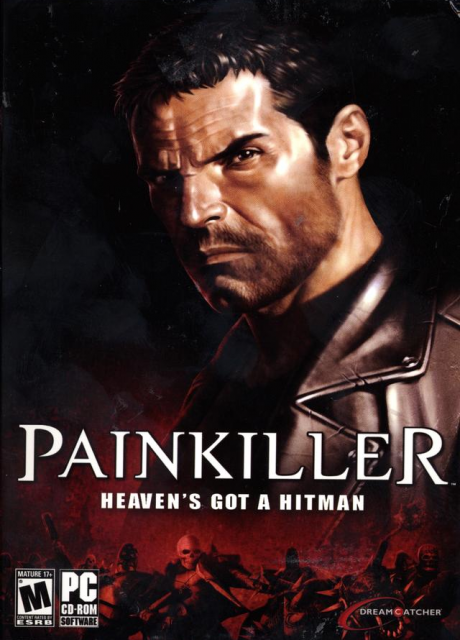
As shooters started to drift away from the high-speed stylings of Quake and Friends during the mid 00s, there was definitely a countertrend of even more stripped down, even faster games that took the “Arena Shooter” moniker seriously. Namely, by putting you in a big arena of dudes and asking you to strafe and/or bunny hop your way around them. Okay, admittedly, when I call this a countertrend I’m mostly talking about the surprise success of Croteam’s Serious Sam games, which I have been on record as not particularly liking. For what it’s worth, I think I like Painkiller slightly more. That’s not an especially high compliment, but on the other hand it’s definitely not the worst thing I’ve played for this feature by a long shot.
Similar to Serious Sam, Painkiller explains itself fairly quickly and lets you know up front exactly how dumb it is. Are you a bad enough dude to strafe around a literal arena-shaped environment shooting (at least in the first episode) a bunch of evil monks and demons and skeletons with a shotgun? Sure you are. It’s not as intent on having you run away from screaming, headless bomb men, but it’s about on that level of goofy and mindless, more a test of raw reflex and crowd management skills than any sort of mechanically complex endeavor. It also has some, uh, decidedly broken-ass physics interactions and weapons (if you enjoy pinning enemies to the wall, may I recommend the stake launcher) and once-per-level power ups in the form of Tarot cards. Honestly was having an alright time until I ran into the first boss encounter, spent multiple attempts dumping ammo in it for minutes at a time only to more-or-less get one shot by one of its wide, sweeping attacks.
I think the highest compliment I can give Painkiller (or at least the first “episode” of Painkiller, which is what I played on stream) is that I can see how People Can Fly got to Bulletstorm, Gears Judgment and Outriders from it. There’s a similar manic energy to all of their games, and some of the goofy, physics-inclined nonsense from this was directly codified with Bulletstorm’s stylish kills interactions. I don’t think I’d ever recommend any of their games without caveats, but by golly they’re going for it in that delightful Eurojank way. Just skip every single cutscene in Outriders. You’ll have a better time.
Turok 3: Shadow of Oblivion
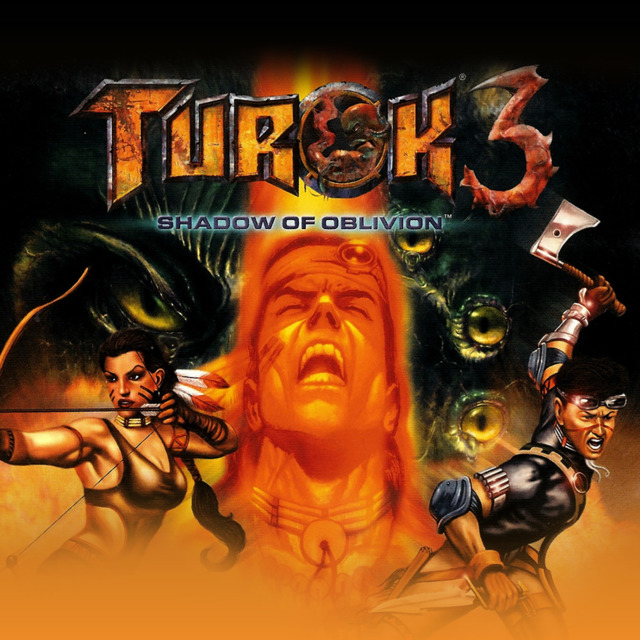
Developer: Acclaim Austin (aka Iguana Studios)
Release Date: September 6, 2000
Time Played: A little over two hours
Troubleshooting: Definitely didn’t spend slightly too much time getting the controller mapping to work sensibly on an emulator, no siree.
Dubiosity: 4 out of 5
Dinosaur Quotient (DQ): Surprisingly Low
Would I play more? Was sincerely tempted to try and play the entire thing on stream. I don’t know what that says about me other than the usual “I’m slightly broken” Considering it for Extra Life.
To see the progression of Turok is to see the progression of the FPS genre during the late 90s. I’m not even joking. The first game’s claim to fame is being one of a handful of Nintendo 64 games to release in the months after launch (alongside Shadows of the Empire,) and summarily the butt of many jokes involving pea soup fog and ill-fated digs at Quake. Turok 2, with its larger world and non-linear progression (i.e. sometimes you had to backtrack) was already doing some pretty ambitious shit for the time, even if part of that ambition seemed to be “exactly how low could you drag the framerate on the Nintendo 64.” For whatever it’s worth, the Night Dive remasters of both Turoks reveal entirely okay games underneath, even if the design limitations of making a shooter for console are more apparent once the technical ones are gone. I wouldn’t call either of them “classics” or anything, but they’re not entirely Dubious Wheel material.
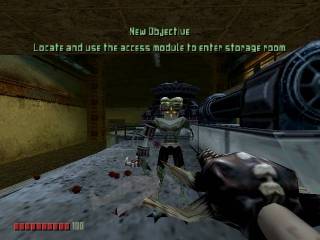
This is all preamble to say that by the time Turok the Third came out, shooters were in a post-Half Life world. Remember that thing I said in that first blog about how it took video games a long time to catch up to Halo and Half Life? What if I told you Turok 3 is trying to do the kind of scripted, set-piece heavy stylings of Half Life, but on the N64? Also that it has fully-voiced cutscenes? And two playable characters with slightly different ways of getting around the world? As either Danielle or Joseph, the siblings of Josh Turok, you’ve gotta defeat some sort of interdimensional alien monster from doing evil stuff. Danielle gets a grappling hook, Joseph can crawl through vents, and they even get a couple of different weapon upgrades. Now, Deus Ex this is not, and a handful of different routes through levels does not make two divergent playthroughs, but it’s kind of staggering to see what this game is trying to do on the hardware.
Now, obviously, if it was entirely successful at what it was trying to do, Turok 3 would be heralded as a classic of the late N64 era and whispered in the same breath as its contemporary, Perfect Dark. Instead, it’s a part of this feature. I will give it this: Turok 3’s frame rate is slightly better than Perfect Dark’s. This is just one of those things you kinda forget about the hardware (because I was clearly running the game on actual hardware, officer) but just a reminder that a consistent 30+ FPS was the exception, rather than the rule. Similarly, console FPSes didn’t exactly have… standardized control schemes, especially on the triple pronged herald of doom(64). The way Turok 3 natively attempts a dual analog control scheme, with the c-buttons for movement and the control stick for aiming is, uh, novel? It’s trying? Definitely didn’t play the game with those controls mapped in a sensible way to a DualShock 4, nope. It seems like something that would’ve been a nightmare at the time, but there’s a very, very generous auto aim to compensate.
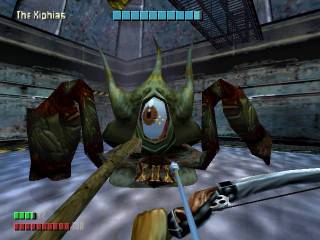
Control issues aside, there’s a real “boy golly it’s cute that you’re trying” energy to a lot of Turok 3’s set piece level design. There’s that subway level where you’ve gotta avoid running trains (which isn’t good), a level where you infiltrate a military base and suddenly have to deal with hitscan enemies in a game where you aren’t mobile enough to avoid taking damage, and a couple boss fights that I might generously say involve “strafing around in circles, which is definitely something that would’ve been a mess on the N64 controller, (which I of course used)” Really, the biggest problem is a complete dearth of dinosaurs to hunt, with them only starting to come in during the later levels of my stream. It’s the kind of messy-but-interesting nonsense I like to champion on this feature, so even if Turok 3 might not be a great game, it’s a great dubious game. You might see more of it in the future, which is more than I can say for the next two games on the block.
| Previous | Next |
|---|---|
| Strife and Killzone | Rise of the Triad 2013 and Warhammer 40K Fire Warrior |
in case you're wondering, you can watch me suffer in real-time on my Twitch channel. Also sometimes I play good video games. Like Blood Omen! Also gonna play some Silent Hill 2 to close out Spooptober. Will I ever get around to writing about non-dubious games? Maybe?


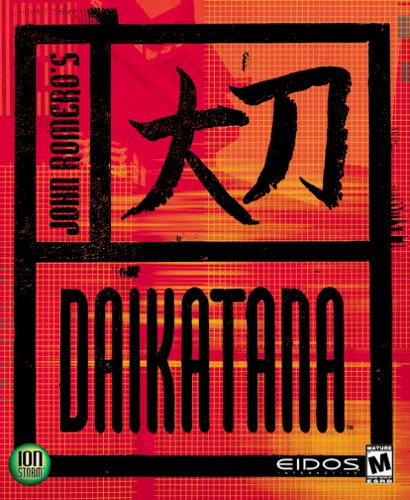
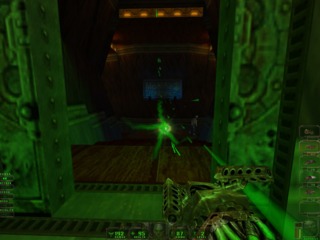
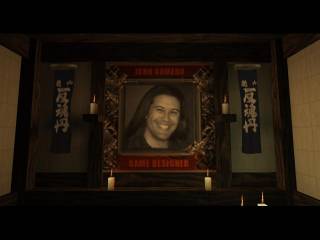
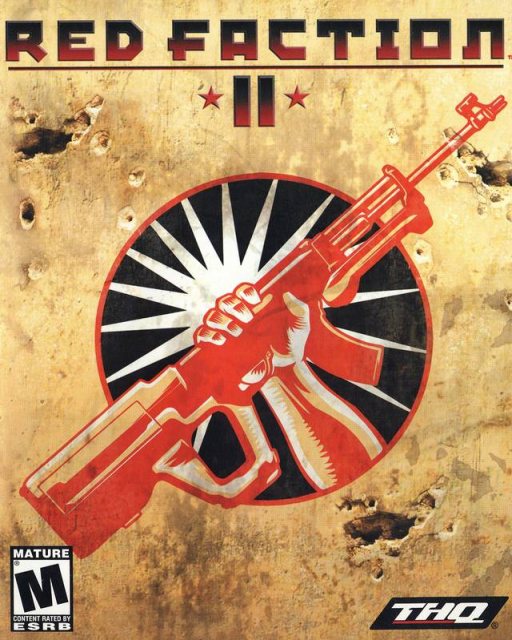
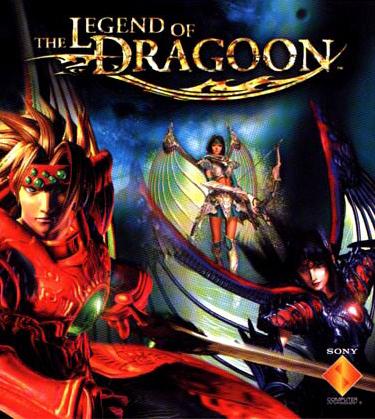

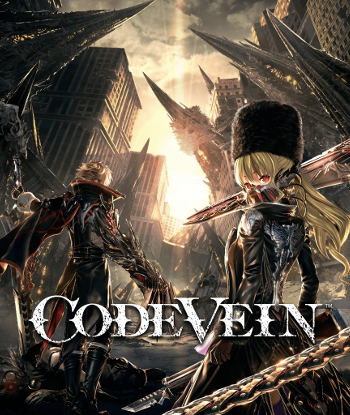
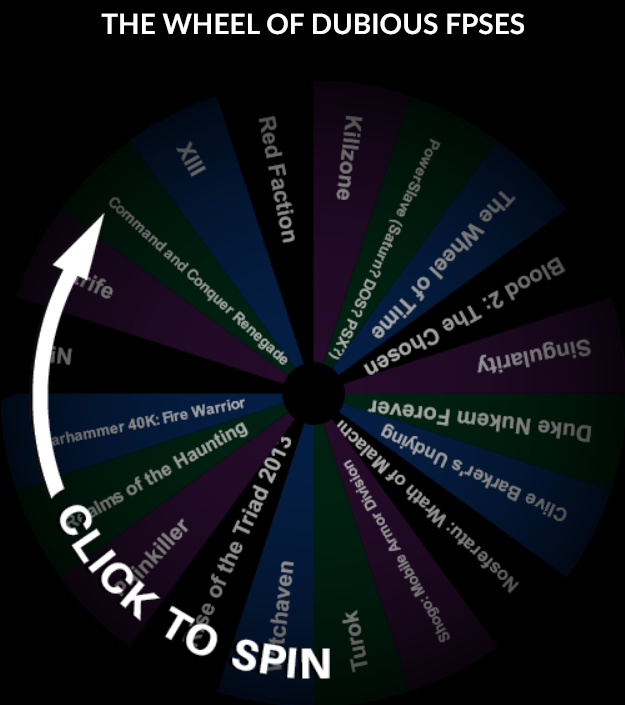
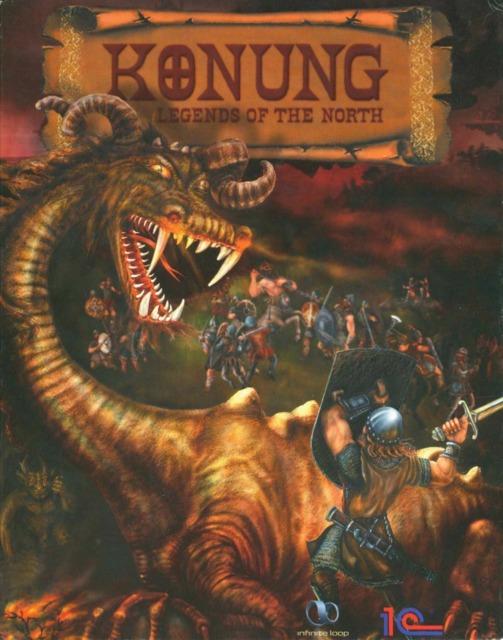
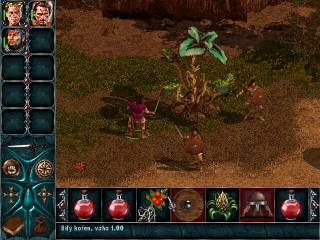
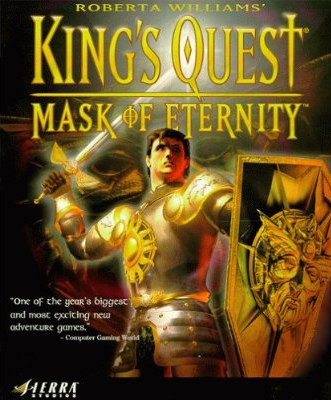
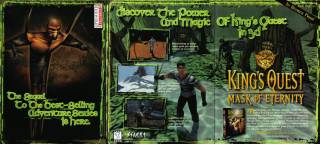
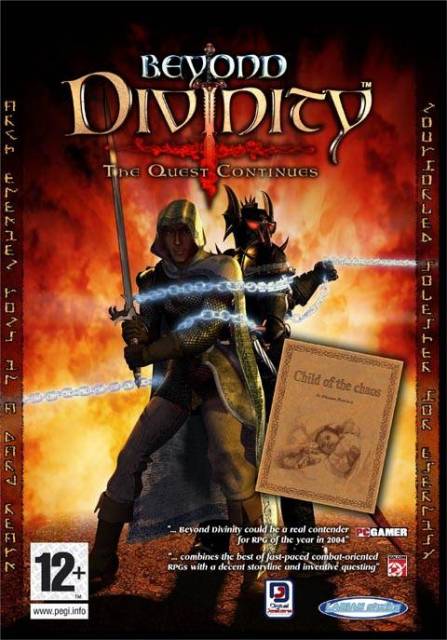
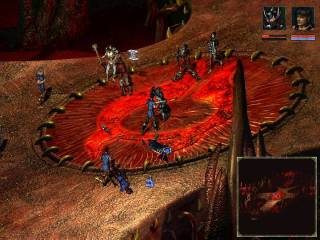

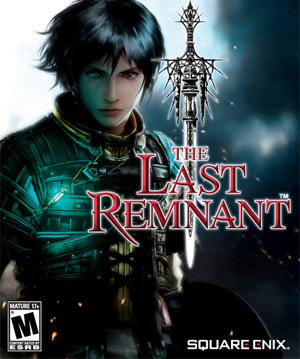
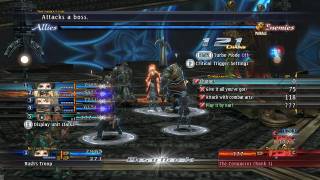
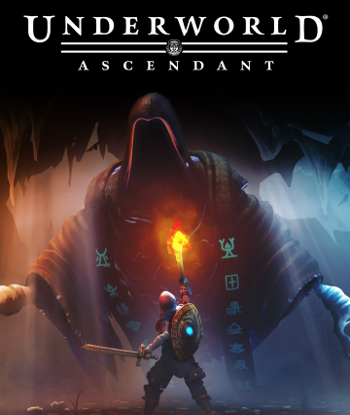
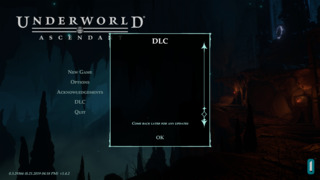
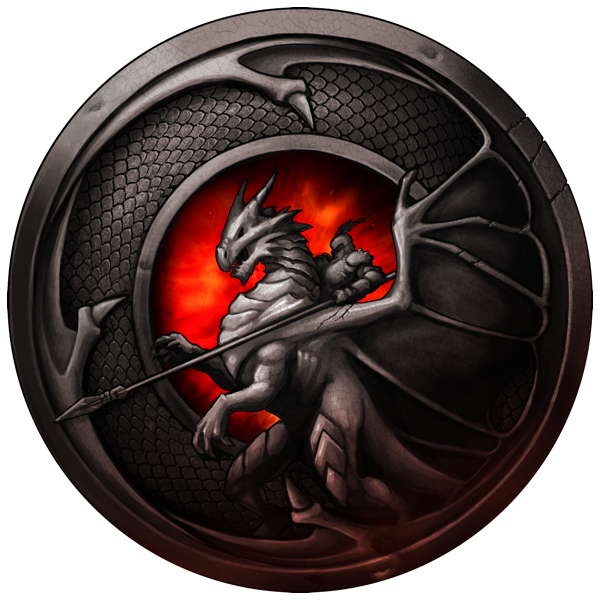
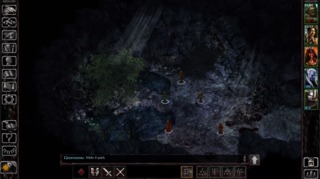
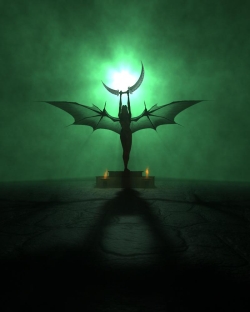
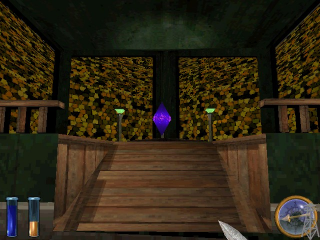
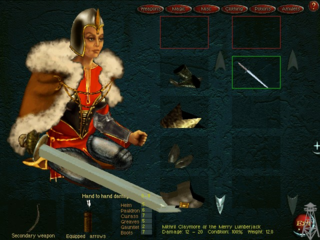
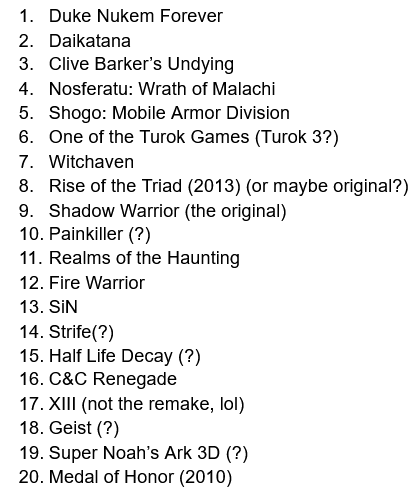
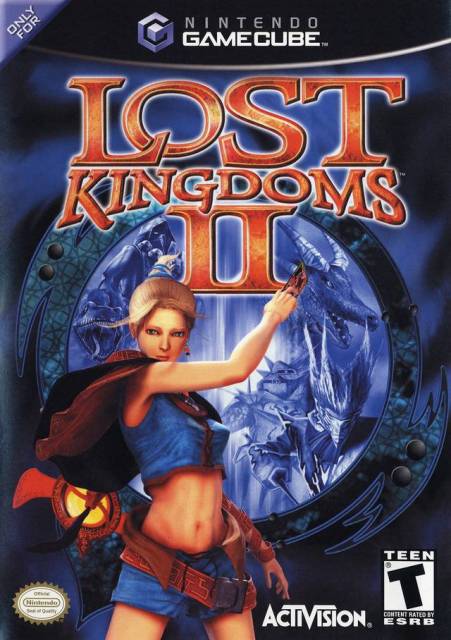

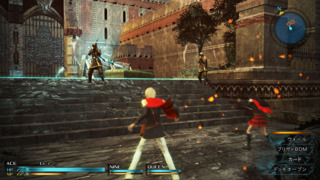


Log in to comment